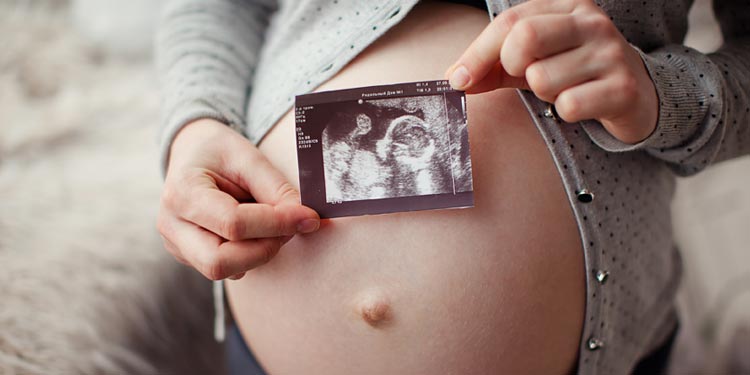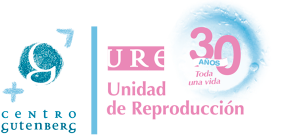Preservation of Female Fertility: Common Questions

Preservation of fertility is a topic of growing concern for an increasing number of women in our society. For this reason, in this article our intention is to raise awareness among our youngest readers, as there are unfortunately still many women who do not understand how our reproductive system works.
According to a recent study, Spain is the European country with the second largest number of first‑time mothers over the age of 40 and, as you know, the age of the female has an impact on her fertility. We live in a society in which professional success and family life cannot go hand in hand, meaning we find ourselves obligated to postpone motherhood until we have achieved professional stability that is consistent with our goals. In addition, we are increasingly more demanding when it comes to choosing the person we want to form a family with.
On the other hand, we must also talk about preservation of fertility in cancer patients; these women have not yet become mothers as chemotherapy and radiotherapy cycles are lethal to our eggs.
How can you preserve your fertility?
At URE Centro Gutenberg we use a technique called cryopreservation or vitrification of oocytes, with which we freeze your eggs so that you can use them when you need them, and under the same reproductive conditions as when they were originally cryopreserved.
For example, if you preserved your fertility at the age of 33 and then decide to become a mother at the age of 40, in the event that you have difficulties conceiving naturally you will be able to use your young eggs which will give you the best possible chances of becoming a mother.
What is the ideal age to preserve your fertility?
According to experts, a woman who contemplates motherhood after the age of 37 or 38 is considered older when it comes to reproduction. As we age, the likelihood of getting pregnant naturally decreases until we reach the age of 43 to 45, at which point it becomes almost impossible to conceive. For this reason, at URE Centro Gutenberg we recommend preserving your fertility before the age of 37.
We have discussed the importance of age in women trying to become pregnant on many occasions, explaining why our ability to conceive drastically decreases once we turn 38.
What process do you have to undergo to retrieve your eggs?
The procedure followed for the vitrification of oocytes is the same as in In Vitro Fertilisation Treatment. The only difference is that once the eggs have been collected they will not be fertilised, but rather vitrified and stored.
Treatment consists of a hormone stimulation accompanied by several ultrasound scans over the course of 9 to 12 days, and ending with the ovarian puncture to obtain the eggs. The number of eggs we can collect during each cycle will mainly depend on the woman’s age and her response to the ovarian stimulation.
Finally, the vitrified oocytes will remain stored in liquid nitrogen in an authorised bank while maintaining maximum guarantees of security, confidentiality, and will be perfectly identified; the eggs can be kept stored indefinitely until the patient is ready to use them.
What are the guarantees of treatment?
When discussing this type of assisted reproduction treatment you must keep in mind that results mainly depend on, as we’ve already mentioned, the age at which you preserve your fertility, as well as your egg quality.
Here we’ve included some important information to take into consideration:
- Between 75% and 100% of eggs survive the thawing process. This percentage reaches 90% in women under the age of 35, falls to 80.8% in women between the ages of 35 and 39, and ranges between 75% and 80% in women over the age of 40.
- The fertilisation success rate is 68.5%.
- Once fertilised, pregnancy success rates following an embryo transfer are 53.6% in patients under the age of 35 and 43.7% in patients between the ages of 35 and 39.
To sum up, IVF cannot be carried out in just 2.5% of cases due to eggs which do not survive the thawing process. The likelihood that no eggs fertilise correctly following insemination, that there are no embryos which properly develop or that the transfer of the embryos to the woman’s uterus is not possible ranges between 0% and 9% depending on the case.
How long can my oocytes stay cryopreserved for?
This is one of the most common questions raised by patients who come to URE Centro Gutenberg with the intention of preserving their fertility. Well, this isn’t something you need to be concerned about! Oocytes can be kept vitrified indefinitely, as the passage of time has not been observed to negatively affect survival rates or quality after thawing.
Have we helped answer your questions about preservation of fertility treatment? We hope so!
Remember that during the process we will explain each step of treatment along the way so that you know exactly what’s coming next. Make an appointment at URE Centro Gutenberg!

